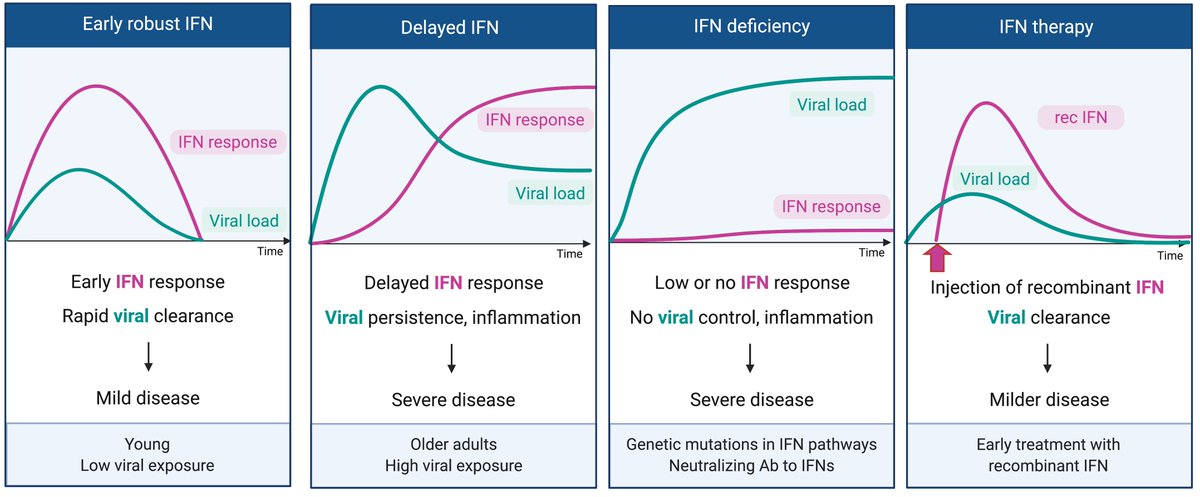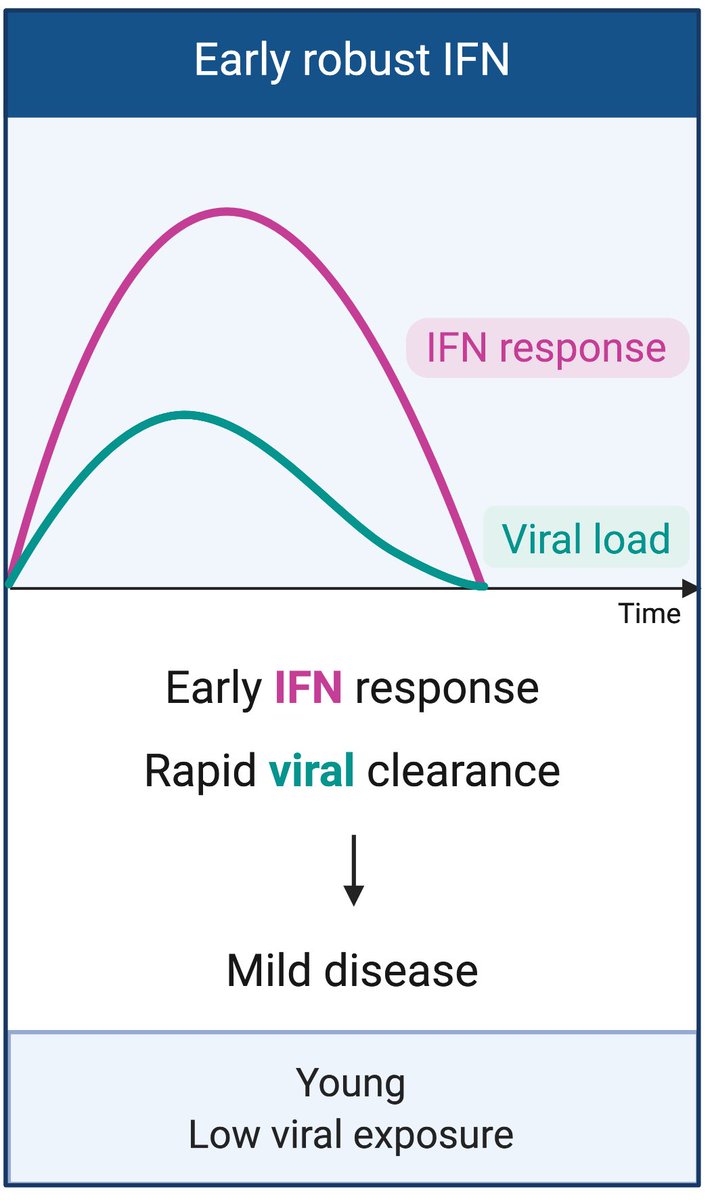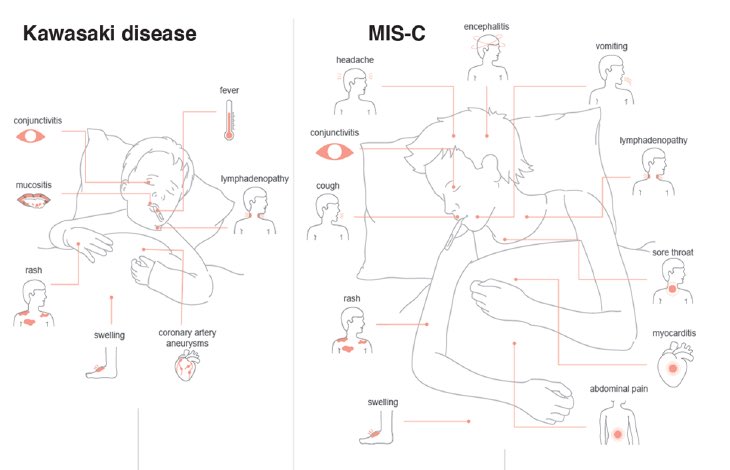
In this new Commentary, @SaadOmer3 and I discuss the birth & evolution of vaccine science, how vaccinations have changed our world, the current state of vaccines, remaining challenges & future outlook. #VaccinesSaveLives (1/n)
cell.com/cell/fulltext/…
cell.com/cell/fulltext/…
Live attenuated vaccines worked well by themselves. But, immunization using toxoid alone induced poor immunity. #GastonRamon found that toxoid injected with ‘stuff’ incl. tapioca, lecithin, agar, starch oil, saponin or breadcrumbs improved immunity. (2/n)
tandfonline.com/doi/full/10.10…
tandfonline.com/doi/full/10.10…
While Alum became the adjuvant used in vaccines for past 100 years, there is a recent expansion in new adjuvants with potent capacity to boost immunity to vaccines. Discovery of pattern recognition receptors and their ligands laid foundation for this👇🏽 @YaleIBIO (3/n) 

Another key vaccine science advance is the development of new types of vaccine approaches. Many #COVID19 vaccine candidates are using new approaches including nucleic acid vaccines. Very exciting development in vaccinology. (4/n) 

Looking forward into the future, we need to develop vaccines that elicit mucosal immunity. Local immune effectors are much more potent in blocking viral infection than systemic ones. Secretory IgA, tissue-resident memory T & B cells. Great review👇🏽 (5/n)
nature.com/articles/ni.30…
nature.com/articles/ni.30…
Lastly, as the world eagerly awaits for effective #COVID19 vaccines, improving vaccine acceptance is a key priority. Some advances in this effort include presumptive communication and motivational interviewing. More on this from @SaadOmer3 (end)
sciencedirect.com/science/articl…
sciencedirect.com/science/articl…
• • •
Missing some Tweet in this thread? You can try to
force a refresh











